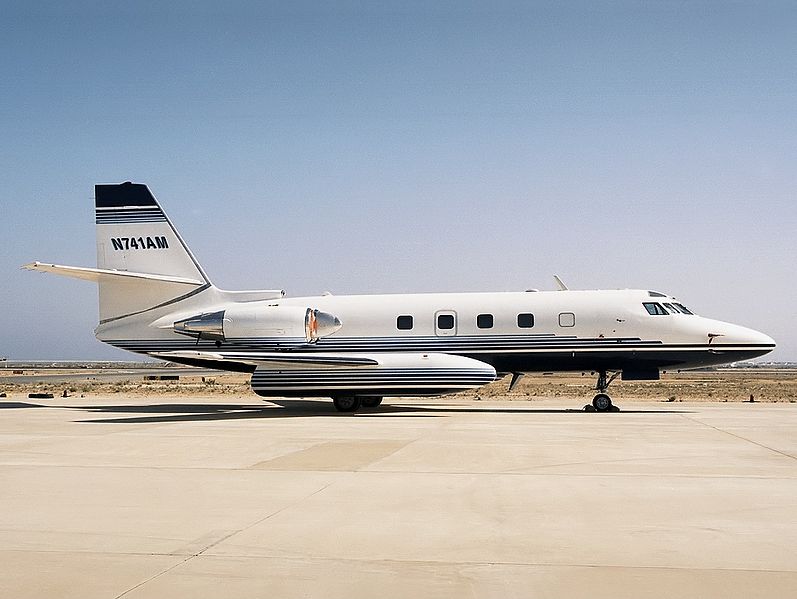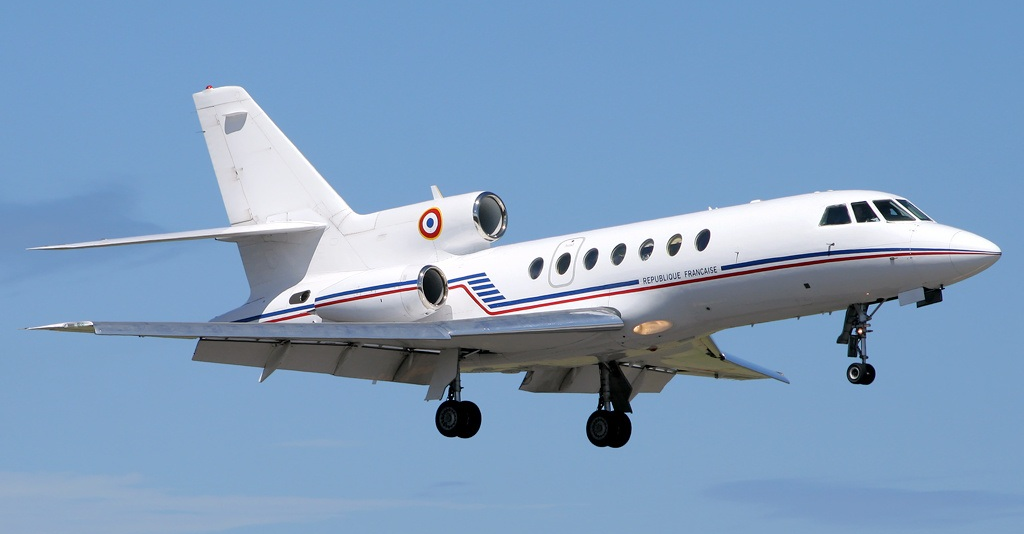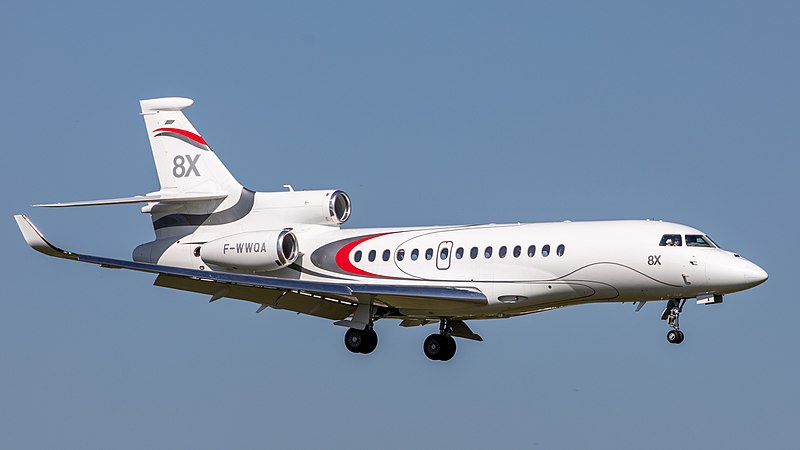In 1957 Lockheed embarked on the Jetstar project to meet a USAF requirement. However, when this requirement was shelved, Lockheed recognized the untapped potential in the private sector and redirected its efforts. This pivot was instrumental in birthing the Jetstar, positioning Lockheed as a trailblazer in business aviation.
The Lockheed Jetstar originated from a United States Air Force (USAF) requirement known as the UCX (Utility Cargo Experimental) competition. The USAF sought a light utility jet aircraft for various roles, including personnel transport, light cargo duty, and other utility functions. The aim was to find an aircraft that could fulfill the need for a fast, efficient, and versatile transport vehicle for short to medium-range missions, suitable for high-ranking military officers and VIPs.
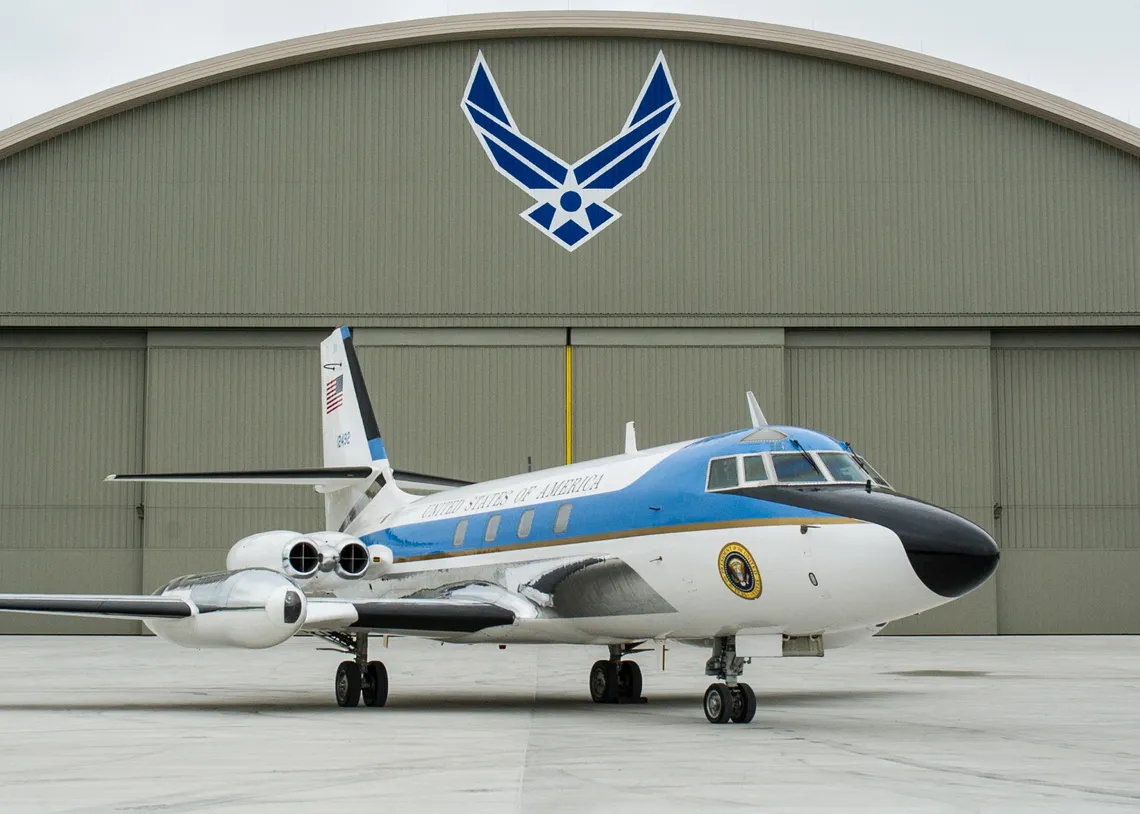
Lockheed entered Jetstar into this competition as a contender to meet these specifications. However, due to budgetary constraints and changing priorities, the USAF's specific requirement that led to the development of the Jetstar was eventually canceled. Despite this, Lockheed saw potential in the civilian market for such a high-speed, versatile jet and continued its development, ultimately leading to the Jetstar becoming a prominent aircraft in business aviation.
The Jetstar was distinguished by its unconventional design, featuring four engines mounted at the rear and a swept-wing configuration. It comfortably accommodated up to ten passengers, catering to corporate executives, celebrities, and government officials seeking luxury and performance. The Jetstar's design was a testament to Lockheed's commitment to innovation and set it apart in a class of its own.
One notable variant was the JetStar II, produced from 1976 to 1979. The 731 Jetstar modification program began in the late 1960s. The 731 Jetstar modification program was a significant advancement for the Lockheed Jetstar aircraft. This initiative emerged in response to noise compliance regulations and high fuel consumption of the original engines. The program involved equipping the aircraft with new Garrett TFE731 turbofan engines and implementing various detailed changes. In addition to its improved performance, the JetStar II also had a somewhat more “modern” looking nose and window arrangement in the cockpit area. These changes helped to make the JetStar II a popular choice among business jet operators.
The success of the program was so remarkable that Lockheed went on to produce 40 new JetStars, designated as the JetStar II, from 1976 to 1979. These were factory-new aircraft with the turbofan engines and revised external fuel tanks. The 731 JetStars and JetStar IIs greatly increased range, reduced noise, and provided better runway performance compared to the original JetStars, reinforcing the Jetstar's status as a premier business jet.
The Jetstar also served on the battlefield and in diplomatic skies. The USAF and other military branches utilized it for transporting officials and other critical missions, benefiting from its reliability and ease of maintenance.
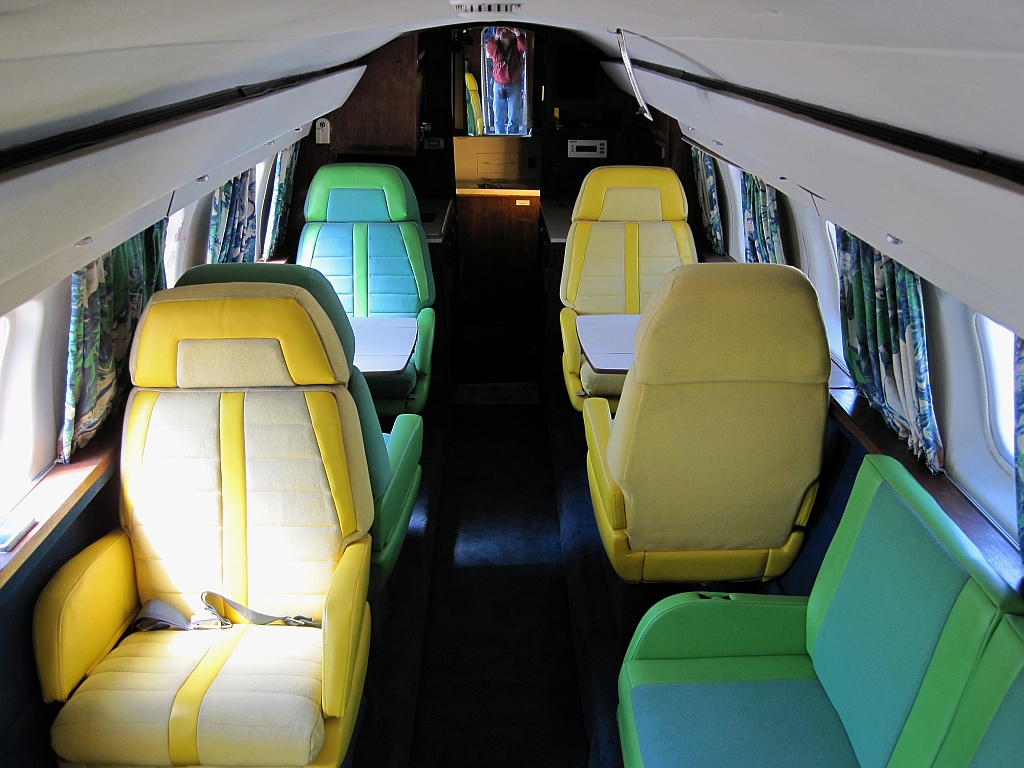
Elvis Presley's JetStar cabin, with sunk aisle
On the Silver Screen, Its unique design and celebrity association, made the Jetstar a natural choice for Hollywood, featuring in several films, including the iconic James Bond movie "Goldfinger," where it starred as the private jet of the antagonist.
A Favorite Among the Elite The Jetstar's clientele included some of the most distinguished figures of the time, such as President Richard Nixon, the Shah of Iran, and Elvis Presley. Its association with high-profile individuals underscored its appeal and prestige within the private aviation community.
The Jetstar production ceased in the late 1970s, yet it continues to fly with various operators around the globe, including in Iran and Mexico. Its continued use underscores the Jetstar's enduring reliability and appeal.
